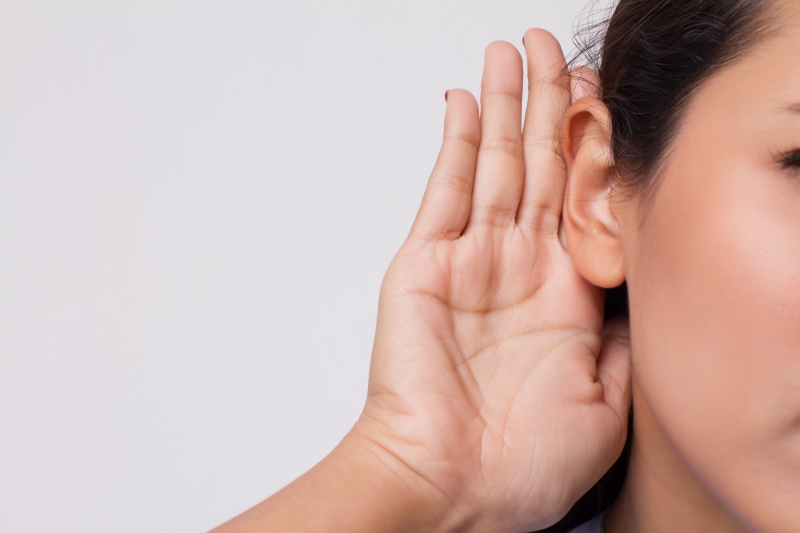
It’s extraordinary what you notice when you’re deprived of your primary sense.
With the nature of our environment being overwhelmingly visual, it’s all too easy to overlook the aural elements of a brand and business. But as creatives, what’s becoming more and more evident to us is a need to shift our focus from eyeballs to an approach where audio gets an equal amount of our care and attention.
Recent research by agency Neuro-Insight concluded that “brands that overlook sound as a creative tool are missing out on a crucial dimension of branding.”
Sound artist Yuki Suzuki takes it even further, insisting: “Sound in branding leaves a strong impression and really sticks to your brain - it’s stronger than visuals even.”
Then look at some stats. 60 per cent of British Smartphone users are using voice technology at least once a month with 10 per cent of households now owning a smart speaker device.
Moreover, 342,531 people are registered as blind and partially sighted in Great Britain, with many more unregistered people experiencing sight related issues. 73 per cent of people registered as visually impaired are over the age of 65, but for all age groups digital media and technology can be a lifeline and the issue of accessibility shouldn’t be overlooked by any tech-led business.
But, at the moment, in our industry, image remains king. Instagram stories and pictures, digital billboards, and Facebook videos with subtitles are consumed by many millions of people.
Audio is often little more than an afterthought. But it is such a powerful medium.
Reaction to sound is one of our most primal instincts, and begins from conception.
Embryos react to sounds outside the womb and are shown to be soothed by their mother’s voice. It can also be THE most effective emotional trigger - evoking memories, feelings and associations that images on their own cannot hope to convey.
And, in an age of overload, consumers are demanding a break from screens. A recent report into Gen Z and millennials by Spotify found that 56 per cent believe that audio can serve as a distraction from too much visual stimulation.We can see this in the explosion of podcasting, audiobooks and voice assistants.
While audio can be consumed passively it can be at its most effective when it’s used as a key element to a project.
We put audio front and centre in a recent cinema advert and video we produced for the University Of Central Lancashire (UCLan) by using the Ella Eyre anthem Together as the soundtrack. Its positive lyrical message and driving beat chimed perfectly with the campaign message and our creative. Feedback from the campaign shows that to our audiences the ‘sound’ of the campaign was as memorable as the visuals - this was undoubtedly a huge factor in us delivering UCLan’s most successful recruitment campaign in recent years.
A well-deployed use of music can have a significant impact on brand awareness too.
Who doesn’t now associate Jet2 with Jess Glynne’s Hold My Hand? It’s now even played before take-off on every flight.
It’s a connection that Dr. Chris Wright, a senior media academic at Sheffield Hallam University, has been exploring. He says: “People who love music have the capacity to love brands more if they use music they can engage with.” But his research also discovered that if the music used isn’t the right fit, it quickly turns consumers off a brand.
Logically then, we need to develop a means of targeting music to consumers more effectively.
Streaming services like Spotify and Apple Music hold extensive data on their customers’ likes and dislikes - in order to serve them a steady diet of musical suggestions they are likely to approve of. There seems no reason why this kind of personalisation could not be adopted in the advertising sphere to better tailor an experience for the public.
In the future, people watching the exact same ad on YouTube, Facebook or digital TV services - might be served an entirely bespoke soundtrack, unique to them - chosen by an algorithm that understands their personal tastes. This could generate much more meaningful levels of engagement for brands.
Studies have even shown that consumers now have their own expectations of what brands should actually sound like. It’s prompted giants like Mastercard and HSBC to create their own ‘sonic brand identity’.
So, as an industry we need to listen to what’s happening around us. Harnessing audio skillfully presents us with endless opportunities. Let’s listen to what consumers want and need, to us this sounds like a great idea.









